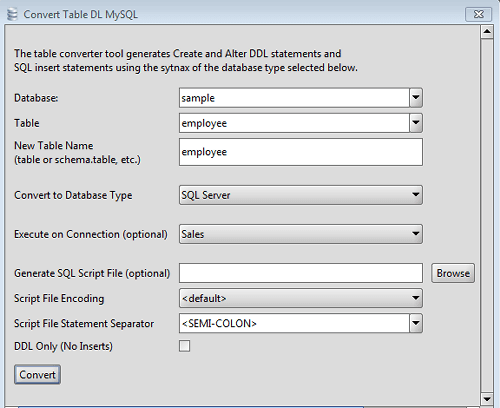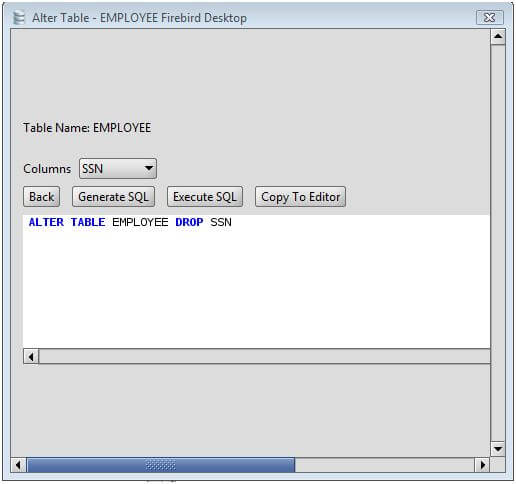
SingleOrg - Organizational authentication for a single tenant IndividualB2C - Individual authentication with Azure AD B2C Other options are (from the help output): None - No authentication The auth argument is what says that we want authentication, using individual accounts. To do it from the command-line you can simply use the command: dotnet new webapp -auth Individual -o WebAppName it uses a SQLite database by default) but you’ll be up and running in no time. You’ll probably need to make some adjustments afterwards (e.g. This is the easiest way to get a fully working application with authentication. New web application with Identity pre-configured

Add Identity to an application manuallyġ.Adding Identity to an application using the scaffolding tool.New web application with Identity pre-configured.We’ll take a look at the following options: Main options to implement authenticationīefore we really begin building our authentication service, I wanted to start the post by taking a look at the possible options we have to do it. Since we already took a look at MVC, we can use this opportunity to learn another way of building server-side rendered applications in ASP.NET Core. To implement this application, we’ll use Razor Pages.

We’ll implement this in a standalone authentication service, so it could be used by different client applications (web frontend, mobile app, …). In this post, we’ll take a look at getting started with ASP.NET Core Identity, which provides the needed bits and pieces to implement authentication for our web applications.

The playlist for the whole series is here.


 0 kommentar(er)
0 kommentar(er)
